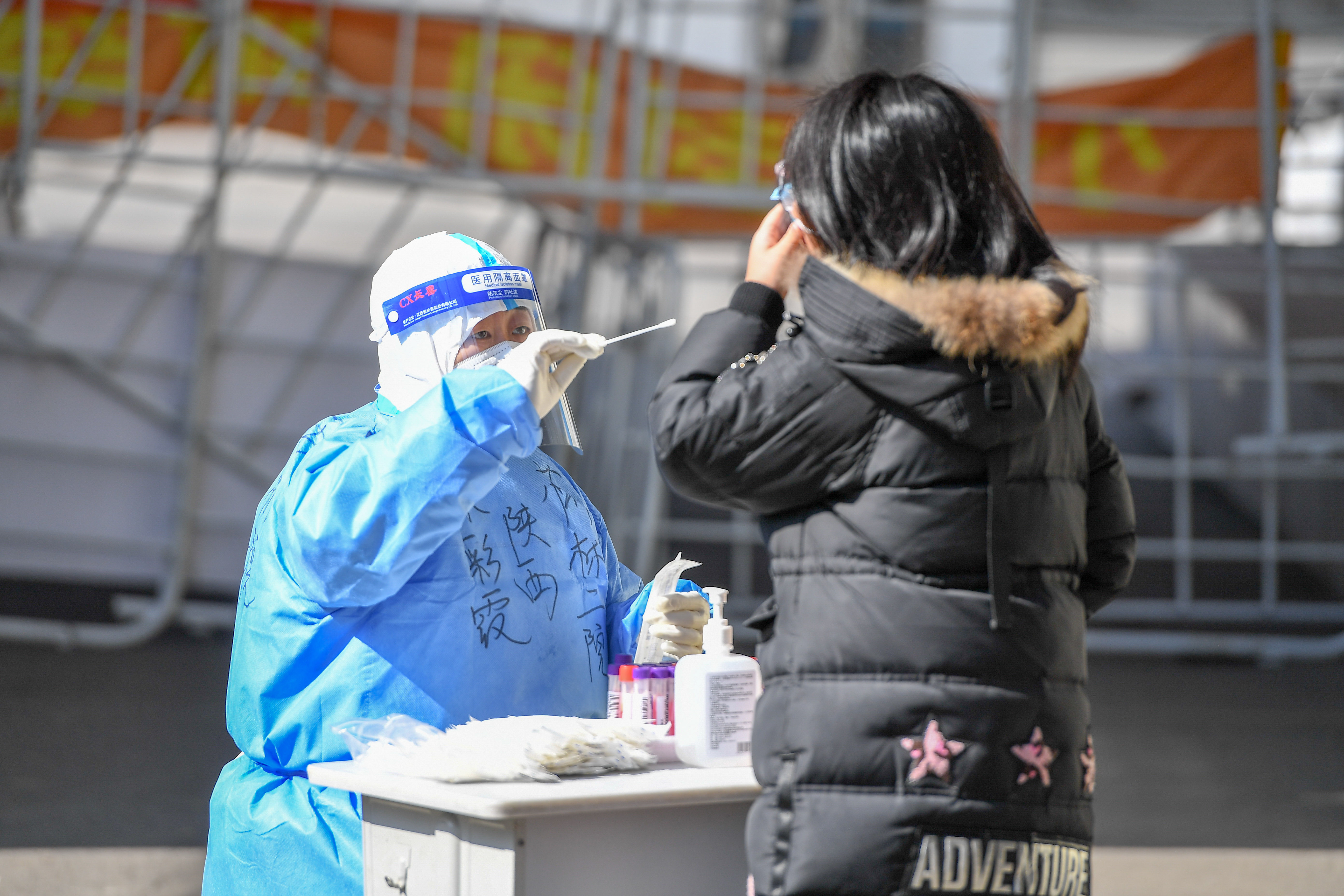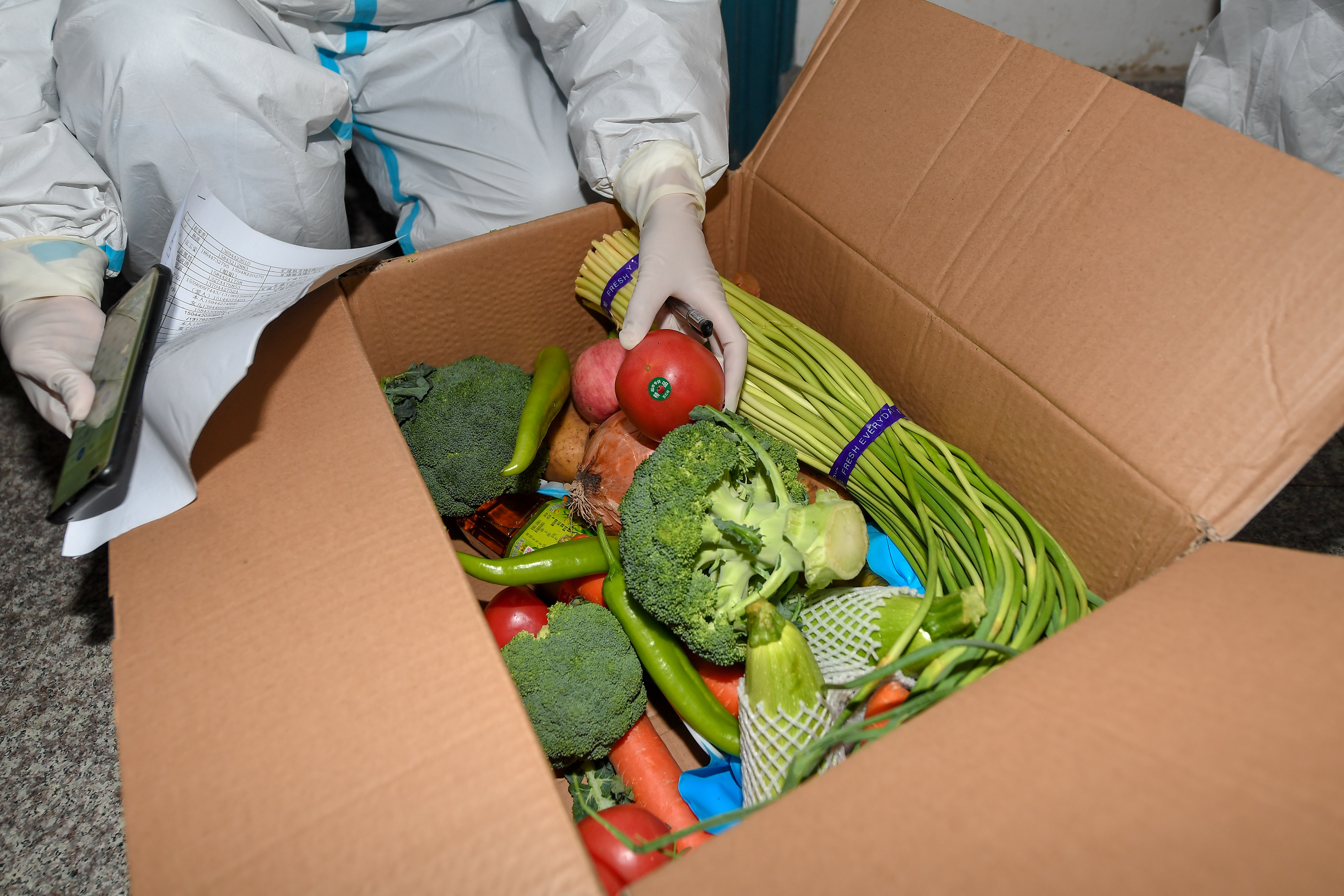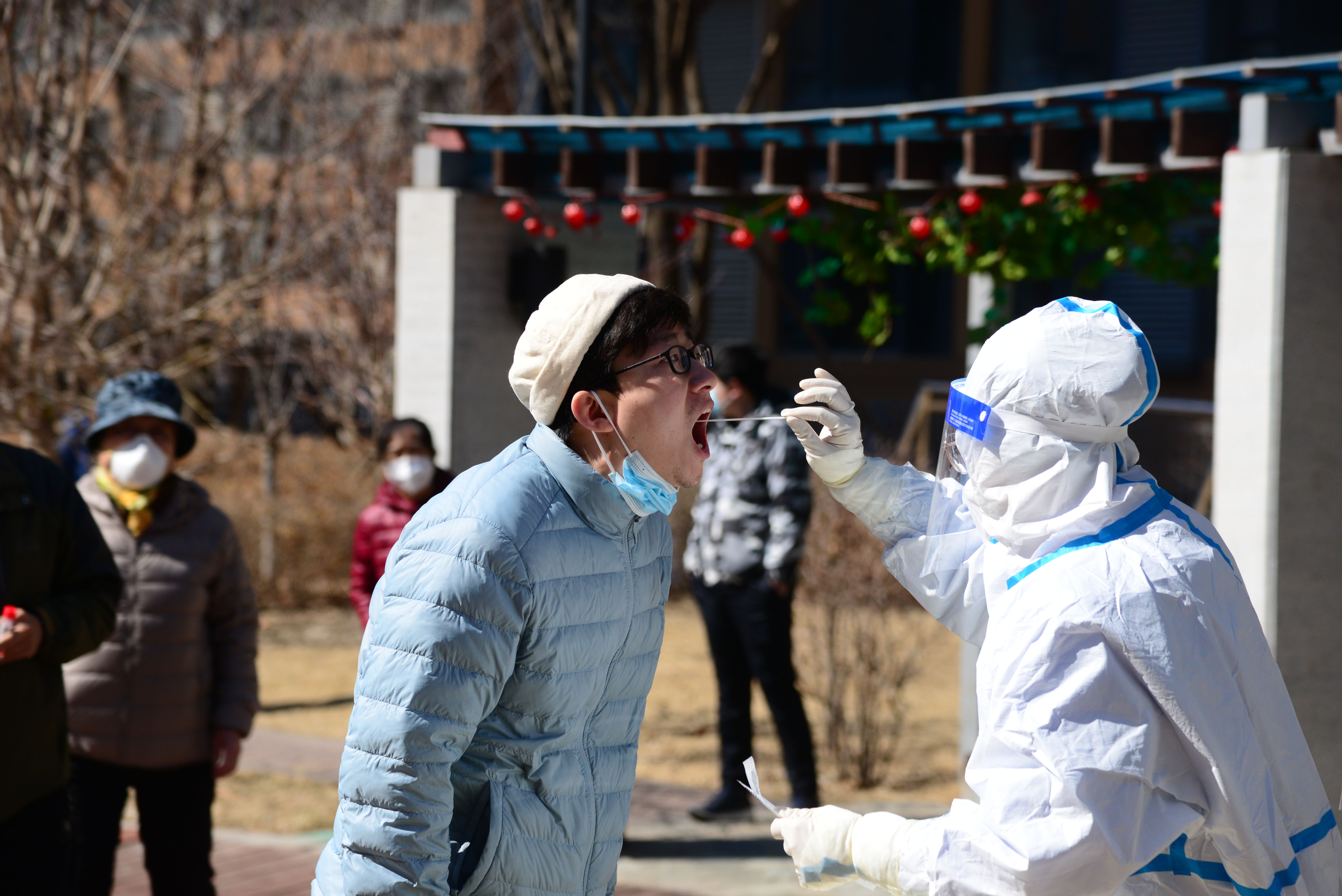Epidemic data at home and abroad show that the Omicron variant has a fast spread and strong concealment, and the proportion of severe patients is relatively low. But is it “flu-like” as some people call it “zero severity”? How dangerous is the Omicron variant? Experts from the national medical treatment team in Jilin accepted an interview with a reporter from Xinhua News Agency recently, and made an interpretation response based on the treatment of infected people in Jilin City and Changchun City.
There are still patients on ventilators
Since the outbreak of the current round of epidemic in Jilin City on March 2, the cumulative report There are nearly 25,000 people infected with the new coronary pneumonia, most of which are asymptomatic infections and mild patients, accounting for 97.5%.

On March 26, at a nucleic acid detection sampling point in Dadong Street, Chuanying District, Jilin City, the staff Nucleic acid testing and sampling for residents. Photo by Xinhua News Agency reporter Zhang Nan
Kang Yan, an expert from the national medical treatment team going to Jilin and president of West China Tianfu Hospital of Sichuan University, told reporters that according to the classification and classification, the patients were treated intensively. In principle, asymptomatic infected persons and mildly ill patients are subject to centralized isolation and management, and ordinary, severe, critically ill cases and cases with severe high-risk factors are centralized and treated in designated medical institutions such as Jilin Central Hospital.
According to reports, as of April 3, a total of 50 severe and 35 critically ill patients were admitted to Jilin Central Hospital. At present, 10 patients still need mechanical ventilation with endotracheal intubation, that is, they need invasive ventilator to support breathing.
“The experts from the national expert group will guide the designated medical institutions to carry out standardized diagnosis and treatment, and all severe and critical cases will be admitted to the intensive care unit for treatment, and the severe cases will be treated according to the principle of multidisciplinary collaboration and ‘one person, one policy’. patients, maximize the cure rate and reduce the mortality rate.” Kang Yan said.
Patients with underlying diseases are at greater risk
“The damage caused by the new coronary pneumonia is superimposed on the damage caused by the patient’s underlying diseases. It is an important reason for the deterioration of the patient’s condition.” Kang Yan analyzed the treatment situation in Jilin City and said that the Omicron variant is a serious threat to special groups such as elderly patients and patients with severe underlying diseases, especially for long-term bed rest and hemodialysis. People with poor basic conditions and low immunity, such as patients, are at greater risk.

On March 31, in the mining construction community of Hadawan Street, Changyi District, Jilin City, staff inspected “Vegetable Pack”. Photo by Xinhua News Agency reporter Zhang Nan
Introduced by Sang Ling, an expert from the National Medical Treatment Team in Jilin and chief physician of the Department of Critical Care Medicine, the First Affiliated Hospital of Guangzhou Medical University, Jilin City In this round of epidemics, the infection rate of uremia patients is relatively high. Judging from the current diagnosis and treatment, such patients have severe pneumonia and take a long time to turn negative. After superimposing with the patients’ underlying diseases, they are likely to develop into severe and critical diseases.
Yu Kaijiang, head of the national medical treatment expert team in Changchun and president of the First Affiliated Hospital of Harbin Medical University, introduced that since the outbreak of this round of epidemic in Changchun until 18:00 on April 3, the number of people infected with the new coronary pneumonia 16,312 patients, including 411 ordinary patients, 42 severe patients, and 2 critically ill patients.
“Some patients with underlying diseases were mild or common when they first arrived, but later they transformed and became more ill.” Yu Kaijiang said.
The proportion of critically ill patients who complete the whole course of vaccination is relatively low
In the Affiliated Hospital of Jilin Medical College, the cumulative number of admissions for this round of epidemic 124 positive uremic dialysis patients.

On March 30, at a nucleic acid testing sampling point in Nanguan District, Changchun City, residents were receiving Nucleic acid testing sampling. Photo by Xinhua News Agency reporter Zhang Jian
Sang Ling told reporters that the vaccination rate of these patients was only 11%. Because most of the patients were not vaccinated and their immunity was low, the proportion of patients with moderate and severe cases was 15.3%, which was significantly higher than that of the general population.
Kang Yan introduced that the severe and critically ill patients admitted to Jilin Central Hospital showed the characteristics of advanced age, low vaccination rate, and severe underlying diseases. About 15% of the people who have completed 2 doses of the new crown inactivated vaccine, which is significantly lower than the general population.
“From the perspective of the epidemic situation in Jilin City, it is necessary to protect the health rights and interests of the people and to adhere to the general policy of ‘dynamic clearing’.” Kang Yan said, at the same time, we should continue to strengthen vaccination and severe treatment. Move resources forward to realize early detection and early intervention of critically ill patients. (Reporters Dong Ruifeng and Li Heng)